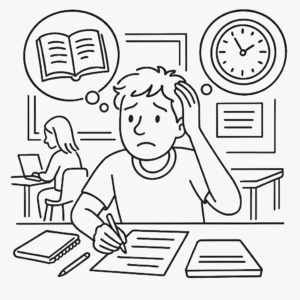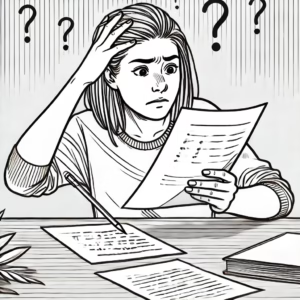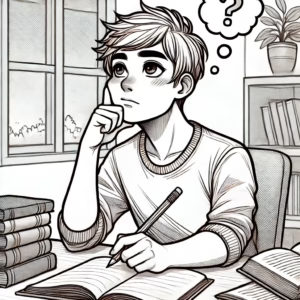Introduction
Ever been in a classroom where a student blurts out answers or cuts someone off mid-sentence? While this might seem like a behaviour issue, it can actually be a sign of ADHD. For students with ADHD, interrupting isn’t always about rudeness—it’s often an impulse they struggle to control. In this article, we explore why this happens, how it affects learning and relationships, and what practical steps teachers and peers can take to create a more supportive environment.
What Causes Interrupting in ADHD?
1. Impulse Control Challenges
ADHD is fundamentally a disorder of self-regulation. This includes trouble with:
- Inhibiting urges (like speaking before thinking),
- Waiting for their turn, or
- Filtering thoughts before sharing them.
The brain’s executive function system—responsible for managing attention, behavior, and emotional responses—doesn’t always send the “pause” signal in time.
2. Working Memory Strain
Students may interrupt because they’re afraid they’ll forget their thought if they don’t say it immediately. Their brain’s “sticky notes” for holding onto ideas are limited, so speaking up right away feels necessary—even if it’s disruptive.
3. Hyperfocus and Passion
When a student is deeply interested in a topic, they may become intensely engaged and jump in enthusiastically. Their excitement can override awareness of conversational norms.
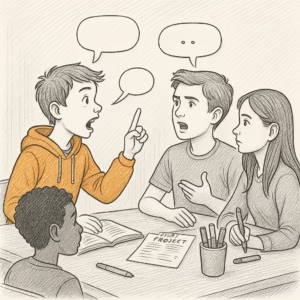
Impact in the Classroom
Interrupting can have several unintended consequences:
- Disrupts lesson flow for the teacher and other students.
- Strains peer relationships, especially when students feel talked over.
- Leads to frustration or shame for the ADHD student when they’re told off for something they didn’t mean to do.
- Contributes to teacher burnout when disruptions become frequent.
Strategies for Support
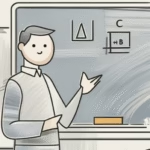
For Educators:
- Use hand signals or visual cues: Establish a non-verbal way to remind students when it’s time to wait.
- Give pre-set speaking opportunities: Let students with ADHD know they’ll have a turn, reducing their anxiety about being heard.
- Practice wait-time: Build structured turn-taking into classroom discussions to model patience.
- Teach active listening skills: Use role-play to show how listening makes others feel heard and valued.
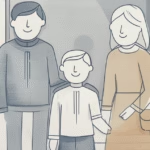
For Parents:
- Model turn-taking at home: Play games that encourage waiting and listening.
- Talk about the “why”: Help children understand the social impact of interrupting in a kind and shame-free way.
- Celebrate progress: Reinforce when they successfully wait or listen, no matter how small the win.
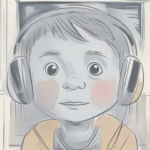
For Students:
- Keep a “thought card”: Jot down an idea to share later.
- Use a fidget or sensory tool to channel the urge while waiting.
- Practice with peers: Role-play real scenarios and build confidence in managing conversations.
Reframing the Narrative
Interrupting isn’t about being disrespectful—it’s a signal that a student may be struggling with self-regulation. When we understand the why, we can respond with strategies instead of shame. With the right support, students with ADHD can learn to participate thoughtfully, build empathy, and become stronger communicators.


